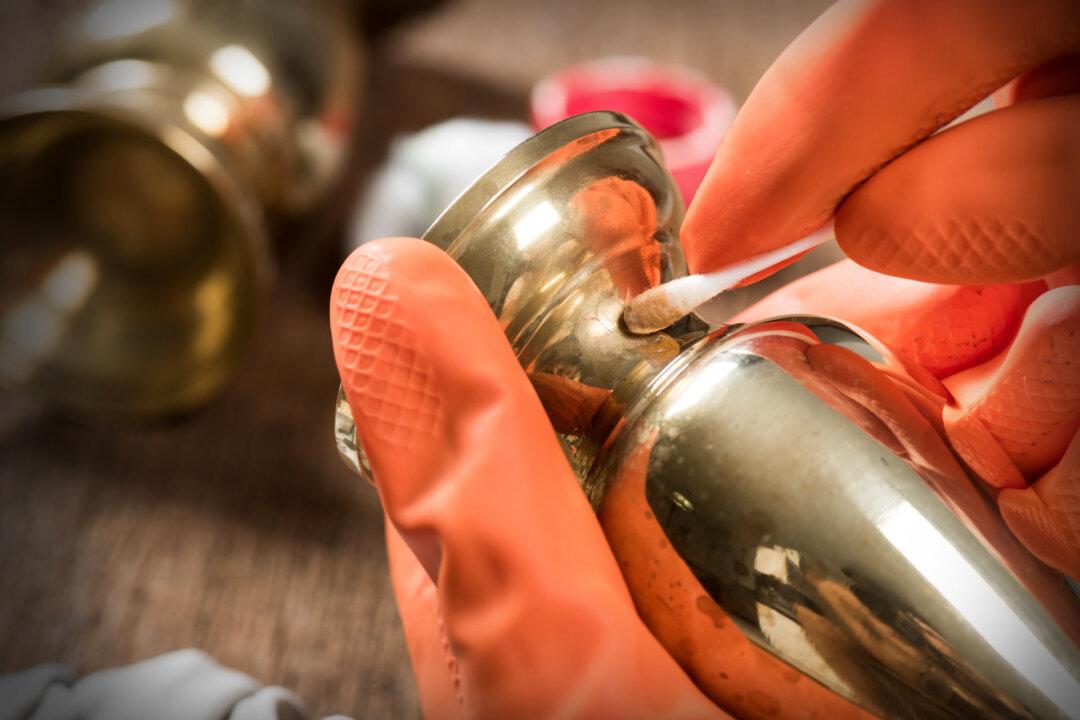People often refer to “drills.” A drill is the electric, cordless, or hand-powered device that rotates the cutting piece. The long, sharp piece you put in the end of a drill is actually called a drill bit. If you plan to do a lot of projects, you may also need a couple different types of drills.
The most common types of drill bits you see in stores, and the ones that you will use are called metal twist drill bits. Depending on the type of twist drill bits you select, the cost per bit ranges from about two to five dollars. Larger diameter bits are also longer, so their cost is slightly higher because they use more raw materials.
A high-speed steel bit is the least expensive type, and it is fine for the typical do-it-yourselfer. High-speed steel is alloyed with other wear-resistant compounds and then heat-treated to make it hard. These drill bits are effective for drilling in soft, medium, and hard (aluminum and copper) materials. When using them to drill into metals, they may dull after just a few holes.
You may also see similarly priced drill bits that are black. These are high-speed steel bits with a black oxide coating. The black oxide coating helps to inhibit corrosion, but it makes the surface slightly porous.
These bits are fine for drilling in medium-hard materials but not softer materials. Tiny particles can adhere to the porous surface by increasing friction in soft materials.
At about twice the cost of high-speed steel bits are titanium bits. These have a microscopically thin layer of titanium nitride coating over high-speed steel. This creates a very hard surface that’s wear-resistance when drilling through hard materials such as steel. Once you resharpen a titanium bit, though, the coating is ground off the tip, so it won’t perform as well as when new.
A cobalt steel bit is the hardest and most wear-resistant material, but the most expensive. An M-42 bit contains 8 percent cobalt, and an M-35 bit contains 5 percent cobalt. If you plan to drill through very hard materials such as stainless steel, titanium, or cast iron, these drill bits remain sharp. Be careful when using a cobalt steel bit because with its extreme hardness, it’s also brittle.
The type of point on the drill bit can also affect how easy it is to use. For many years, most bits had a 118-degree chisel point on the cutting end. This point design requires pressure to get it to start cutting, and it tends to walk from the spot you want to drill. Newer split-point bits may be more expensive, but they tend to hold their starting position and require less pressure.






